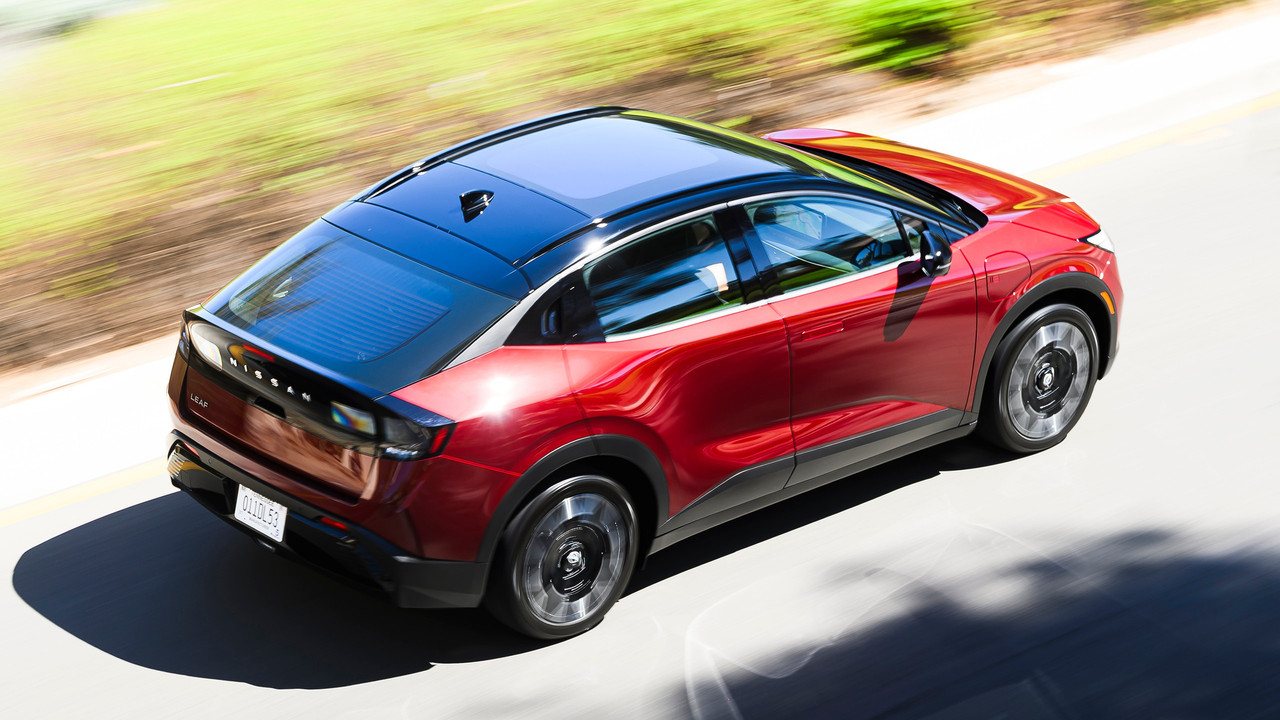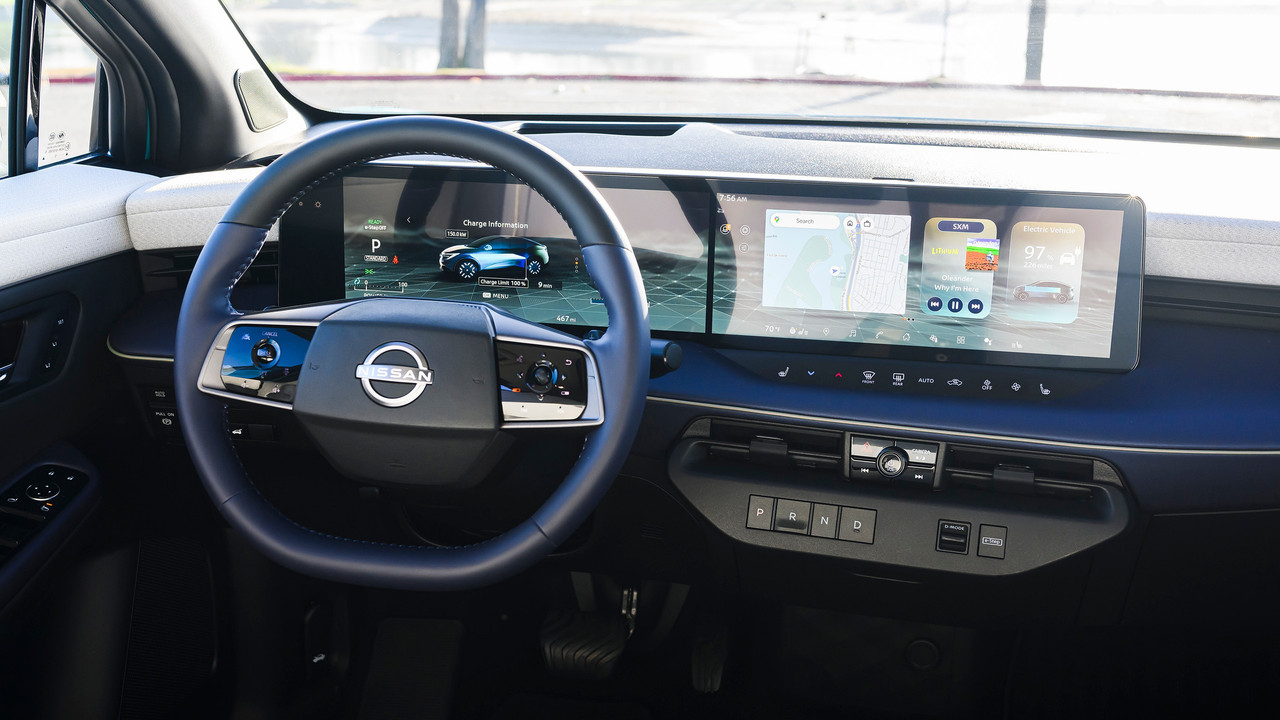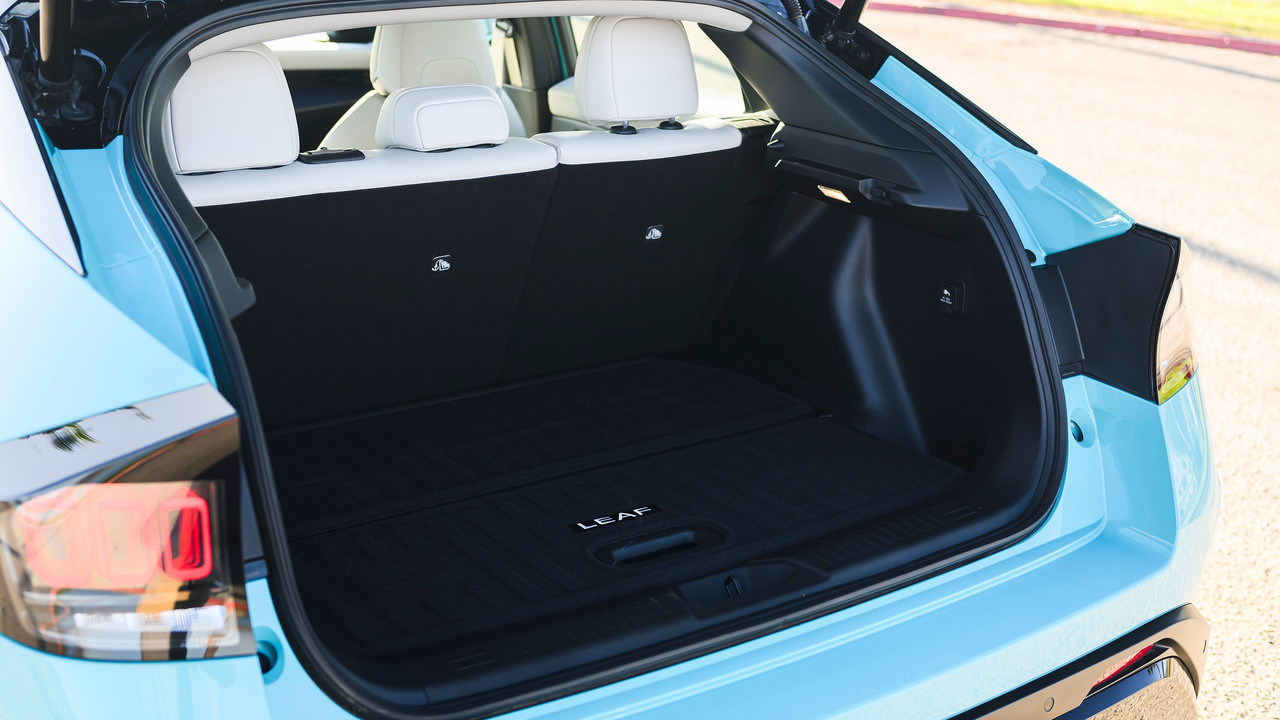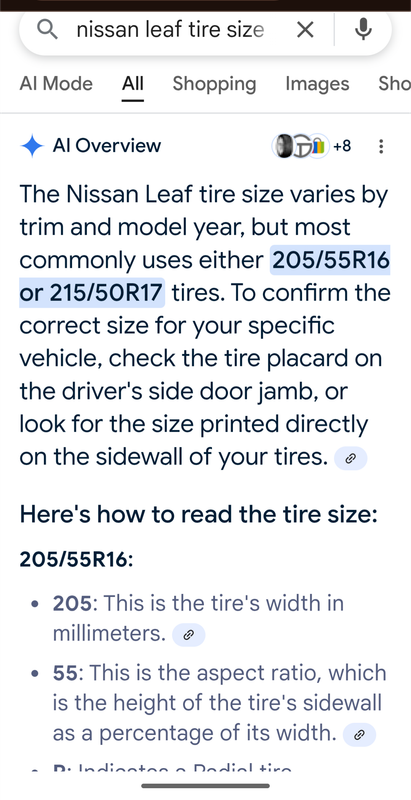2026 Nissan Leaf First Drive Review: A Whole Lot Better Than You Expect
Simplicity done right, that’s what the 2026 Nissan Leaf feels like. This isn’t the little hatchback that first brought electric cars to the masses in 2010; it’s a proper crossover with real range, solid tech, and a solid driving experience. I spent a day driving the Leaf through San Diego, out to Escondido, Ramona, and Julian, and back. By the end of it, I was impressed—not just by how far it could go, but by how effortless and enjoyable it was behind the wheel.
The Basics
The 2026 Leaf is a serious rethink of Nissan’s electric lineup. Starting at $29,990 for the S+ trim, it offers 303 miles of range—triple the range of the original Leaf—while matching the price of the last-generation Leaf. Higher trims come with additional features but at a cost to range: the SV+ starts at $34,230 with 268 miles, and the Platinum+ I drove is $38,990 with 259 miles. Even so, the extra luxury features and tech in higher trims could be worth it if range isn’t your absolute top priority.
The Leaf shape-shifted into a crossover and is no longer a hatchback, with a lower, more aerodynamic stance. The “V” fascia, curvy yet sharp rear end, and Z32-inspired taillights give it presence, while subtle touches like a “ni-san” taillight Easter egg and dimming glass sunroof with a Leaf logo show Nissan’s attention to design. The flat underbody, flush door handles, and aerodynamic tweaks make it efficient, and Nissan’s first dedicated EV platform enables a new multilink independent rear suspension, aiming for a polished ride quality.
Nissan
AD
Design and Features
Inside, the Leaf is clean and modern. Nissan’s “zero gravity” seats are immediately comfortable, supporting a full day of driving without fatigue. The cabin uses smooth materials and a fair amount of plastic, but design touches and patterned upholstery keep it from feeling cheap. The dashboard is uncluttered, and the four square PRND buttons for gear selection are refreshingly simple. Above the gear selection is a real volume knob for easy control, along with a row of touch-type buttons for the climate control. I was happy to see these essentials as physical controls rather than hidden in a screen menu. The climate controls are more touch-sensitive than a button-press, but they’re close to perfect.
Front passengers get plenty of legroom thanks to an open foot area, while rear passengers may need to scoot slightly—don’t be surprised when they ask you to move up a couple of inches. Headroom is generous throughout, and the panoramic glass roof in the Platinum trim makes the cabin feel extra spacious. Practical touches like a wireless charging pad in the center console and an appropriately sized infotainment screen add convenience without cluttering the interior. The trunk offers cargo space typical for a compact crossover, which in this case, is a decent 20 cubic feet. Lower the rear seats, and that’ll grow to 66 cubic feet.
AD
Nissan
Driving Experience
This is where the Leaf shines. The steering has a weighty, natural feel—not the lifeless, overly assisted feel you sometimes get from electric power steering. With up to 214 horsepower and 261 lb-ft torque sent to the front tires—which ride on rather fashionable 19-inch wheels—acceleration is quick off the line, though it eventually caps to keep the ride calm. Nissan claims the new multilink suspension reduces impact stiffness by nearly 30%, which I could feel on road imperfections. Handling feels more like a hatchback than a crossover, tackling corners with ease—though not exactly in a quick, sporty way.
Nissan
AD
Like in many EVs, you can use the paddles on the steering wheel to change the level of regenerative braking. The left paddle increased regen sensitivity, while the right paddle reduced it. Treating it like a paddle shifter, I could almost feel like I was downshifting in a gas car, which made controlling energy recovery surprisingly playful. Battery life remained impressive over the whole day of driving: starting at 97% with 236 miles, I returned to my hotel with 35% and 93 miles remaining—an actual mileage drop that reflects real-world efficiency and shows just how far this Leaf can go.
Driving modes: Normal, Sport, Eco, and Personal allow customization of performance and regenerative braking. The car’s thermal management system ensures efficiency is maintained even when using the climate control system. Torquey off the line, composed in corners, and quiet on the highway, the Leaf delivers a driving experience that’s approachable yet fun, especially in the Seabreeze Blue Pearl color, which adds a hint of personality and excitement to the otherwise understated exterior.
Cy Soliman
Tech is practical and well-integrated. Google-built infotainment and wireless CarPlay work seamlessly, and the 360-degree camera is especially handy. Bidirectional charging stands out for powering outdoor gear or camping essentials—Nissan even demonstrated a Leaf charging an e-bike and a Dometic cooler simultaneously. I didn’t get to test it myself, but it’s definitely capable. Personally, this feature would come in clutch for charging my laptop or camera batteries on the fly.
AD
The Leaf’s charging setup is thoughtful and convenient. On one front fender, there’s a J3400/NACS DC fast-charging port, while the other houses a J1772 AC port for home or slower public charging. Nissan says it’ll do 10% to 80% in 35 minutes, though its DC fast-charging speed is limited to 150 kilowatts.
Nissan
AD
Price and Competition
Starting at $29,990, the Leaf S+ is aggressively priced. Even with the Platinum+ trim at $38,990, the Leaf offers substantial value when you consider all the tech and comfort features. In terms of range, the 2026 Leaf outperforms rivals: the 2025 Hyundai Kona Electric maxes out at 261 miles, and the 2025 Kia Niro EV tops out at 253 miles, while the Leaf S+ leads the pack with 303 miles. For buyers seeking a crossover EV that’s practical, easy to live with, and offers a fun driving experience, the Leaf is worth looking at.
Nissan
The Early Verdict
The 2026 Nissan Leaf proves that simplicity, when done thoughtfully, can be powerful. It’s calm, composed, and capable with a touch of playfulness. In its third round of the EV game, the Leaf is back—and it’s playing to win.
AD
2026 Nissan Leaf Platinum+ Specs
Base Price $38,990
Powertrain 160 kW AC synchronous single-motor front-wheel drive | 75-kWh battery
Horsepower 214
Torque 261 lb-ft
Seating Capacity 5
Cargo Volume 20 cubic feet | 66 with rear seats folded
Curb Weight 3,955-4,369 pounds
Range 259 miles (Nissan estimate)
Quick Take It’s the glow-up no one expected.
Score 9/10








